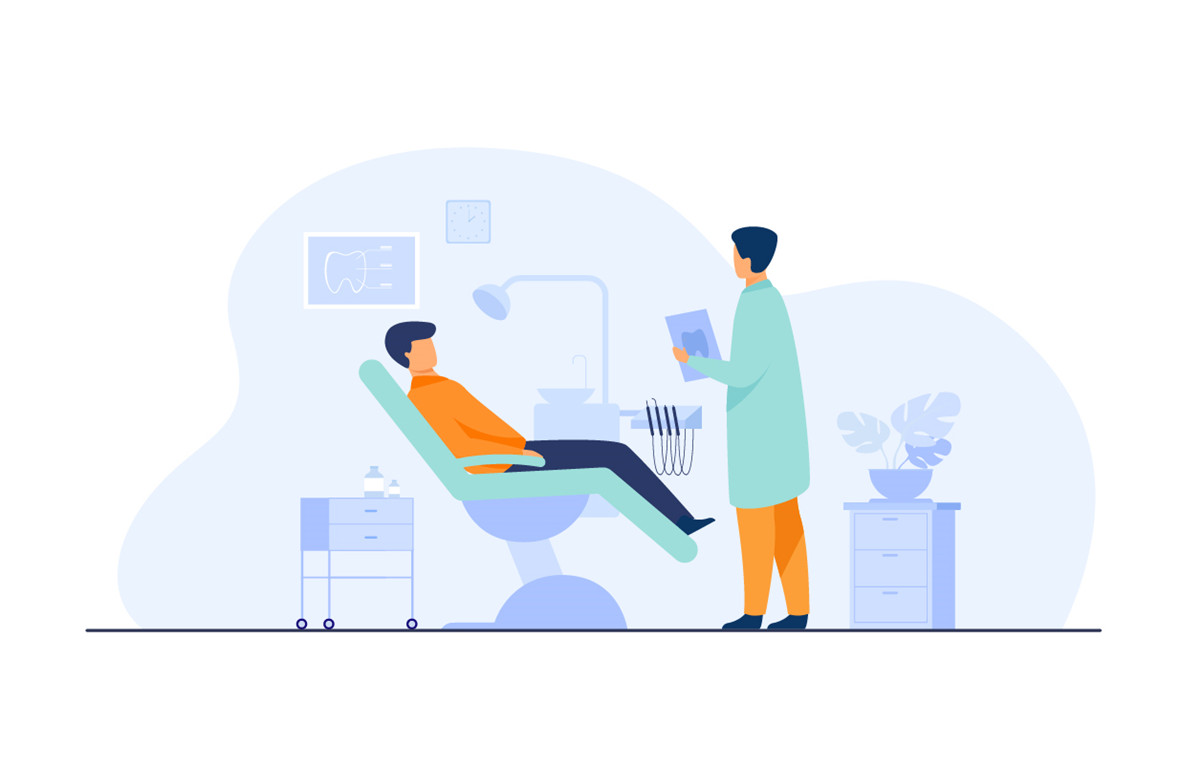
Most dental practices will focus on the accuracy and functionalities of an intraoral scanner when they consider going digital, but in fact, it is the benefits to patients are probably the primary reason to make the transition. How do you ensure that you're providing the best experience to your patients? You want them to be comfortable and enjoyable during their appointment so that they are more likely to come back in the future. In this blog, we will explore how intraoral scanning technology (aka IOS digital workflow) can benefit patients.
Time saver and improved comfort
Unlike the previous technology used in dentistry, an intraoral scanner has proved to save both you and your patients’ time. When scanning a patient digitally, it takes about three minutes to complete a full-arch scan. The next thing is sending the scan data to the lab, then all is done. No impression material was used, no sitting around waiting for the PVS to dry, no gagging, no messy impression. The difference in the workflow is obvious. Patients are comfortable during the process and will have more time to discuss their treatment plan with you and can get back to their lives quickly.
3D Visualization improves treatment acceptance
Initially, intraoral scanning was intended to digitize impressions and create restorations with the data. Things have changed since then. For example, the Launca DL-206 all-in-one cart version enables you to share your scans with your patients while they still sit in the chair. Because the cart is movable, patients don't have to strain to turn around and see them, you'll just effortlessly move the monitor in the right direction or any position you want. A simple change but makes a big difference in patient acceptance. When patients see their 3D data of their teeth on the HD screen, it is easier for dentists to discuss their treatment and patient can have a better understanding of their teeth condition and are more likely to accept the treatment.
Transparency builds trust
When you started incorporating digital dental technology into diagnostic visits and using it as an educational tool, it became a smart way to show patients what was happening in their mouths. This workflow creates transparency in your work process, and we believe that this could build trust with patients. Maybe the patient has a single broken tooth, but they're not aware that they have a more comprehensive issue. After using digital scanning as a diagnostic tool and explaining how they can help them regain their smiles, there will be exciting growth in your practice.
Accurate results and hygienic procedure
Intraoral scanner reduces the errors and uncertainties that can be caused by human factors, providing higher accuracy at every stage of the workflow. Accurate scanning result and clearer teeth structure information of the patient is generated in just one or two minutes of scanning. And it is easy to rescan, no need to remake the whole impression. The Covid-19 pandemic has accelerated the implementation of digital workflows, a digital workflow is more hygienic and involves less physical contact, and thus creating a more "touch-free" patient experience.
Greater chance of getting referrals
Patients are dentists' most personal form of marketing -- their most influential advocates -- and yet often overlooked. Recall that when a person decides to go to a dentist, there is a high possibility that they will ask family members or friends to recommend a good dentist. Even many dentists are very active on social media, often showcasing their excellent cases, giving patients a hope that they can regain their smiles. Providing patients with a comfortable and precise treatment increases the likelihood of recommending your practice to their family and friend, and this kind of pleasant experience is enabled by investing in the latest digital technology.
New level of patient care
Many dental practices now will specifically advertise their investment in intraoral scanning technology, “We are digital practice”, and patients will be drawn to their promotion when they have time to choose a dental practice. When a patient walks into your practice, they may wonder, "When I went to the dentist last time, they had intraoral scanner to show my teeth. Why the difference" --some patients never experience traditional impressions before--leading them to think that digital impression created by an IOS is how treatment is supposed to look. Advanced care, comfortable and time saving experience has become the norm for them. It's also a trend for the future of dentistry. Whether your patients have experience with an intraoral scanner or not, what you can offer them can be a 'new and exciting patient dental experience' or equivalent comfortable experience, rather than an uncomfortable one.
Post time: Sep-02-2022





